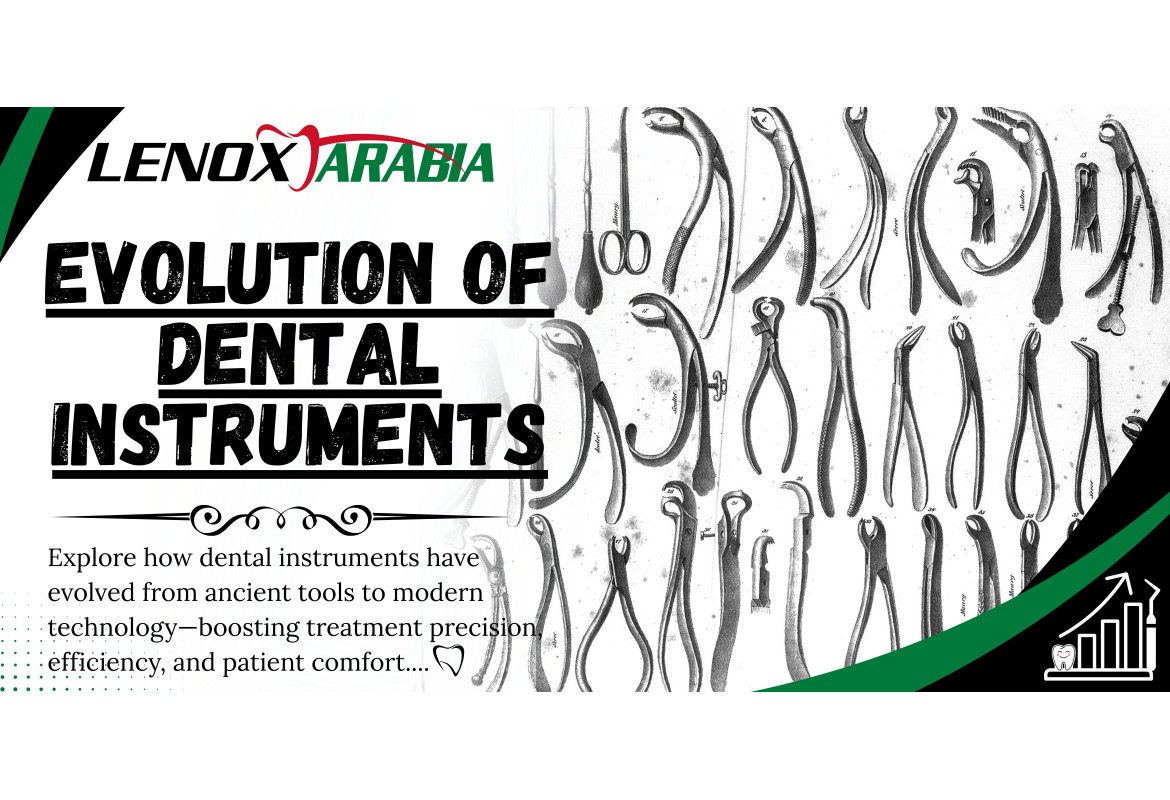
Understanding the Evolution of Dental Instruments Today
The Evolution of Dental Instruments: Advancing Technology and Transforming Dentistry
Dental instruments have come a long way since their primitive beginnings. From rudimentary tools designed to alleviate pain in ancient times to the sophisticated, precision-engineered instruments of today, the evolution of dental tools reflects the relentless drive for innovation and excellence in oral healthcare.
Tracing the Journey: From Ancient Times to the 19th Century
Dentistry’s origins date back thousands of years. Ancient civilizations like the Egyptians and Romans relied on basic tools such as stone drills and forceps crafted from bronze or iron to address dental issues. While these tools were functional, they lacked the refinement required for precision and comfort.
The 19th century marked a pivotal era in dental innovation. The introduction of electric-powered handpieces revolutionized procedures, improving precision and efficiency. Materials like stainless steel and titanium became standard, ushering in a new era of durability and reliability. These advancements paved the way for the modern dental instruments we see today.
Modern Advancements: Precision Meets Patient Comfort
The 20th and 21st centuries brought an explosion of technological advancements, shaping the tools used in dental practices worldwide. Today’s dental instruments emphasize both functionality and patient comfort. Key innovations include:
- Digital Integration: Tools like 3D printers and CAD/CAM systems enable precise diagnostics and the creation of custom prosthetics.
- Laser Technology: Lasers allow minimally invasive procedures, reducing discomfort and speeding up recovery times.
- High-Quality Materials: Instruments crafted from titanium or surgical-grade stainless steel ensure longevity and biocompatibility.
- Ergonomic Designs: Modern tools are designed to reduce practitioner fatigue and improve handling during complex procedures.
Impact on Patient Care
The evolution of dental instruments has profoundly transformed patient experiences. Procedures are now less invasive, recovery times are quicker, and overall comfort has greatly increased. For dentists, these advancements have also streamlined workflows, allowing them to perform with greater precision and efficiency.
Whether it’s a simple extraction or an intricate implant placement, modern instruments ensure predictable outcomes, fewer complications, and enhanced patient satisfaction.
Lenox Arabia: Redefining Dental Innovation
At Lenox Arabia, we are proud to contribute to the evolution of dental instruments by offering state-of-the-art tools that embody excellence in engineering and design. Our products are crafted to meet the demands of contemporary dentistry, ensuring:
- Durability: Surgical-grade materials provide long-lasting reliability.
- Precision: Advanced designs ensure accurate performance for various dental procedures.
- Ergonomics: Practitioner-centered designs improve comfort and control.
- Versatility: From general instruments to specialized tools, our comprehensive range supports every aspect of dental care.
With Lenox Arabia, dental professionals worldwide can rely on tools that elevate both clinical outcomes and patient experiences.
Conclusion
The evolution of dental instruments is a testament to the ingenuity and commitment of professionals in the field. From basic tools used in ancient times to advanced technology that defines modern dentistry, the journey of dental instruments highlights the transformative impact of innovation.
By embracing cutting-edge tools and techniques, dental professionals can continue to provide exceptional care and shape the future of oral health. Lenox Arabia is honored to be a part of this ongoing evolution, offering premium instruments that align with the highest standards of modern dental practice.

